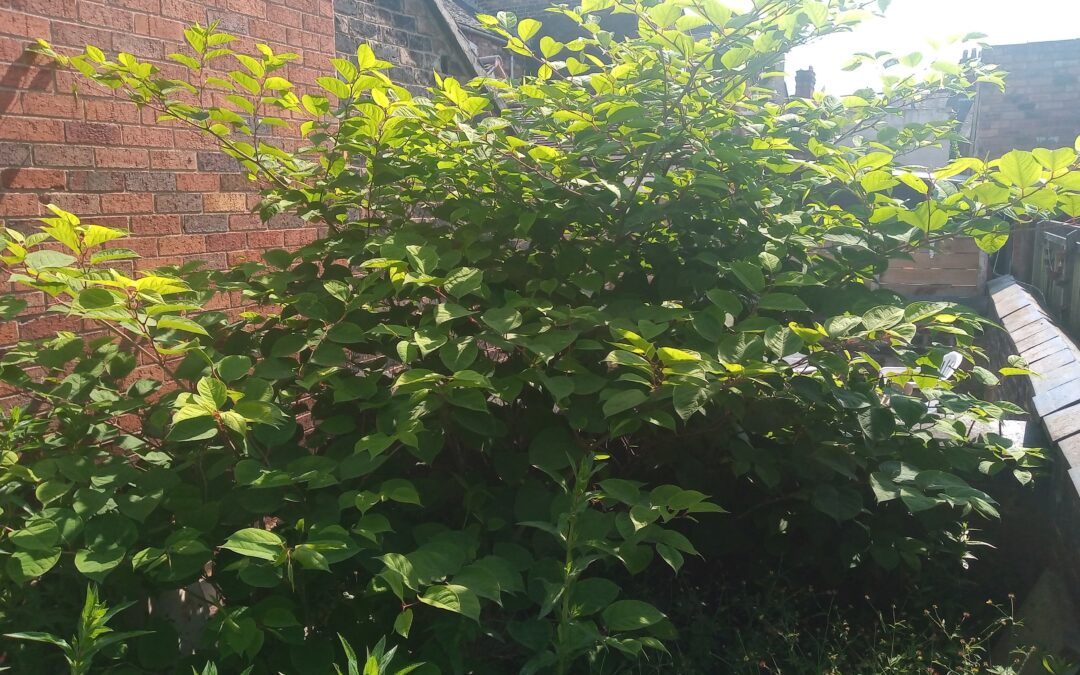The Pros and Cons of DIY Japanese Knotweed Removal 2024
Are you considering removing Japanese Knotweed from your property on your own? Here’s a comprehensive guide to help you weigh the pros and cons of DIY Japanese Knotweed removal.
Introduction: Japanese Knotweed is an invasive plant species that has spread rapidly in the UK and other parts of the world. It is known for its deep roots and fast-growing shoots that can damage buildings and infrastructure. While professional removal services are available, many homeowners opt for DIY Japanese Knotweed removal.
The Pros of DIY Japanese Knotweed Removal
DIY Japanese Knotweed removal can be a cost-effective way to tackle the problem. It eliminates the need to pay for professional services, which can be expensive. Here are some of the benefits of this approach:
- Cost Savings: By removing Japanese Knotweed yourself, you can save hundreds or even thousands of pounds compared to paying for professional services. This is especially true if the infestation is small or if you already have the tools and equipment needed for the job.
- Flexibility: When you opt for DIY Japanese Knotweed removal, you have the flexibility to decide when and how you want to remove the plant. You can choose a time that suits your schedule and tackle the problem at your own pace.
The Cons of DIY Japanese Knotweed Removal, why you should not remove it yourself.
- While there may be short term benefits to DIY Japanese Knotweed removal. There are also some drawbacks to this approach. Here are some of the disadvantages to consider:
- Lack of Expertise: Removing Japanese Knotweed requires expertise and knowledge of the plant and its removal process.
- If you do not have experience with this plant. It is best to reduce the Spread: DIY Japanese Knotweed removal can be risky. As it is easy to spread the plant to new areas if not handled properly. This can result in an even bigger problem and further spread of the plant. seek professional help to avoid making mistakes that can result in further spread or damage to your property. Time-Consuming: Japanese Knotweed is a persistent and persistent plant that takes time and effort to remove. DIY Japanese Knotweed removal can be time-consuming and require a significant investment of your time and resources.
- Using the incorrect does of chemical can cause Japanese Knotweed to go into a state of dormancy, this means it may be impossible to be able to ever kill the plants.
- if you leave a small fragment of rhizome in the ground this plant will grow again in the following growing season,
Furthermore you will still need to pay a company to take away the Japanese knotweed waste
The transport company will have a waste carriers licence to transfer the material to a registered land fill site this is very expensive. There are heavy fines in place that will be imposed if Japanese knotweed is spread outside the boundary of your property. If you decided to treat the Japanese knotweed yourself and plan to sell your property within the treatment monitoring period of 5 to six years your buyers will be unable to obtain a mortgage or loan on your property.
Q: Can I sell my property if it has Japanese Knotweed?
A: Yes, you can sell your property if it has Japanese Knotweed, but it may be more difficult to find a buyer. Japanese Knotweed is considered a problem for many potential buyers, as it can damage buildings and infrastructure, and can be expensive to remove. If you have a Japanese Knotweed infestation, it is important to disclose this to potential buyers and to have a management plan in place for its treatment with a professional company
Conclusion:
The Pros and Cons of DIY Japanese Knotweed Removal are clear. While DIY removal can be a cost-effective and flexible option, it can also be risky and time-consuming. It is important to carefully weigh the pros and cons before deciding whether to remove Japanese Knotweed yourself or seek professional help. If you choose to remove the plant yourself, make sure to do so safely and effectively to prevent further spread and damage to your property.
Regardless of the method you choose
It is important to be proactive in addressing Japanese Knotweed. This invasive species can cause significant damage to your property and the surrounding environment if left unchecked. Whether you choose to remove Japanese Knotweed yourself or seek professional help, make sure to follow proper procedures to prevent further spread and ensure the success of the removal.
Japanese Knotweed can be a formidable opponent, but with the right knowledge and approach, it can be controlled and ultimately removed from your property. it is important to take steps to address Japanese Knotweed as soon as it is identified.
In conclusion, the Pros and Cons of DIY Japanese Knotweed Removal should be carefully considered before making a decision. While DIY removal can be a cost-effective and flexible option for very small plants. It may not be suitable for all infestations, and professional help will be necessary.
